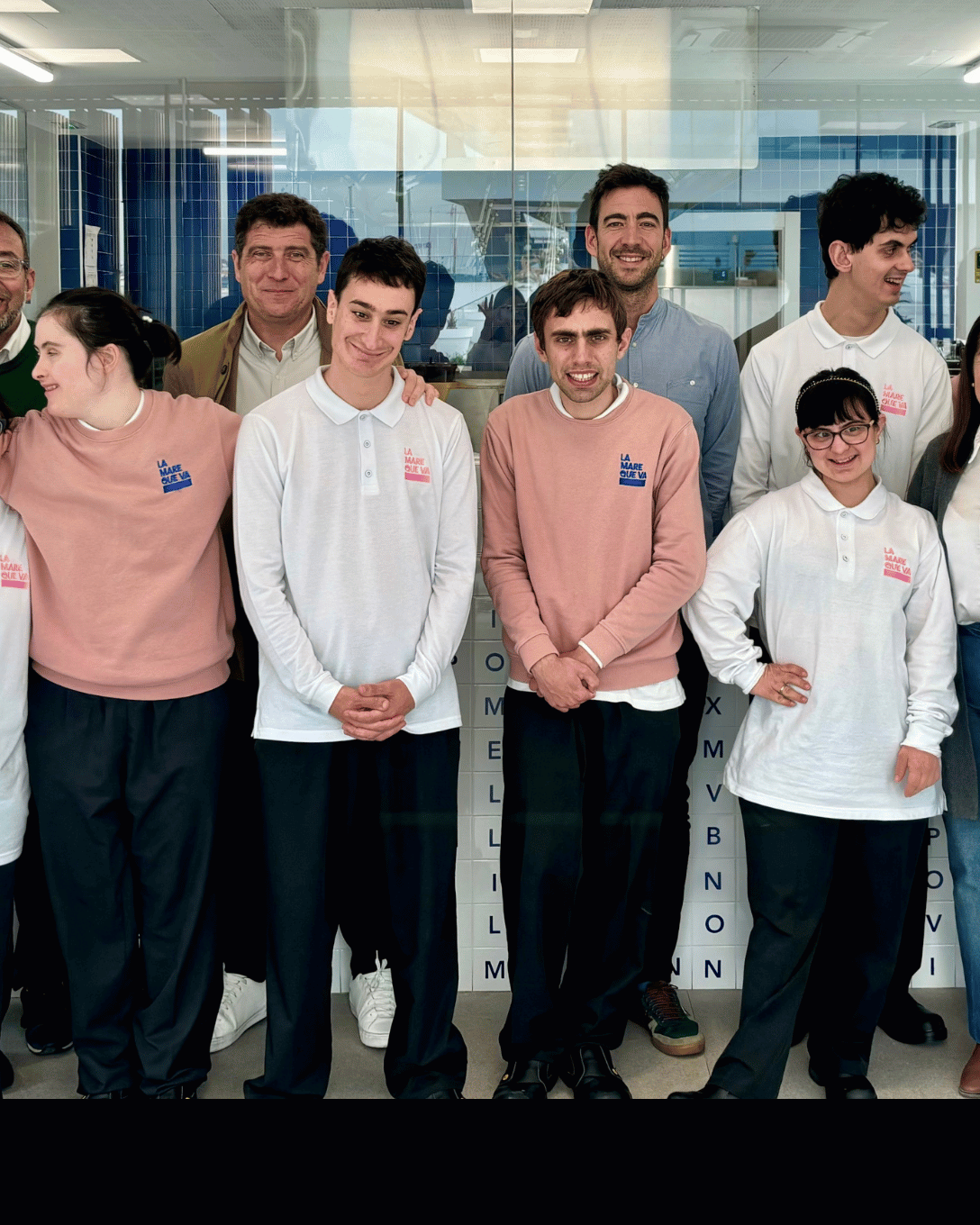More and more women are dedicating themselves to science. However, according to UNESCO data, only 35% of students enrolled in STEM (science, technology, engineering, and mathematics) related fields are women, so there is still a long way to go to raise awareness among the new generations about the fundamental role that women play in science.
There are many factors that may be influencing this issue, such as the lack of female role models that we already see in school. In fact, the same UNESCO report warns that girls’ interest in these subjects is affected by the idea instilled in them from a young age, as girls are often raised with the idea that STEM disciplines are male topics. This report concludes with a clear statement: “We must therefore deconstruct gender roles that do not correspond to the current world and relearn the meanings of being a man and being a woman in our societies, and thus facilitate that our youth, boys and girls, men and women, can choose educational and professional paths free of prejudices, stereotypes, and constraints.” And indeed, while women’s abilities are equal to those of men, it is true that women in the scientific world must make much greater efforts than men to receive the same recognition.
While in the predoctoral range the number of women surpasses that of men, once the doctorate is obtained, the male distribution exceeds that of women. This is often influenced by the model of previous generations, where “they invent and calculate and they take care.” Thus, many women who decide to become mothers see their scientific careers affected at this point since the current system for measuring scientific success based on the publication of scientific articles penalizes this period. This is clearly reflected in the fact that, although the number of women defending their doctoral thesis is much higher than that of men, 7 out of 10 men manage to graduate as research professors compared to 3 out of 10 women. And although it is true that more and more efforts are being made to equalize these numbers, there is still much to be done. In fact, very few scientists (20%) achieve the recognition of “distinguished researchers”. If it is already difficult to reach this point as a woman, making the leap for science to reach the market and thus revert to society all the generated knowledge becomes quite a challenge.
Only 6% of startups are led by women, further evidence of the effect of what we have been taught since childhood that “we were the ones who accompanied, not the protagonists“. Analyzing existing needs, creativity to propose new ideas and solutions, and the ability to adapt to circumstances to pivot are not dependent on gender. We are all capable of performing these functions in the best possible way, but even today, when there are difficulties, it is usually female entrepreneurs who step aside and abandon their positions of responsibility to take care of the family. It is clear that a change is required and that this change must begin with women themselves since we often fall into the boxes imposed by society.
It is for all these reasons that there is a need to make women in science visible and promote women’s participation in this field, even from a young age. With this objective, February 11th is celebrated as the International Day of Women and Girls in Science, and every year a series of initiatives are developed to raise awareness on this topic and awaken scientific vocations among the younger generation.



